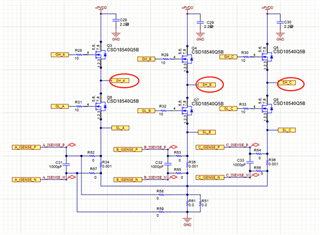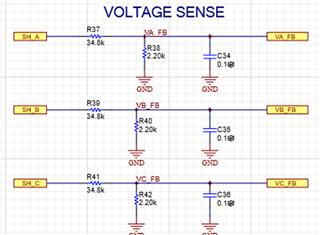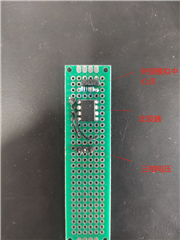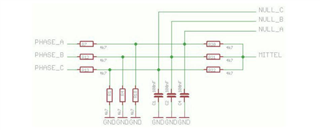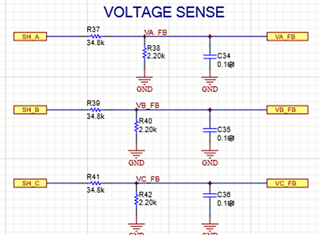Hi team,
Here's an issue from the customer may need your help:
The customer would like to drive a sensorless DC motor with the DRV8303 or the same chip, is there any recommend schemes available?
Could you help check this case? Thanks.
Best Regards,
Cherry


